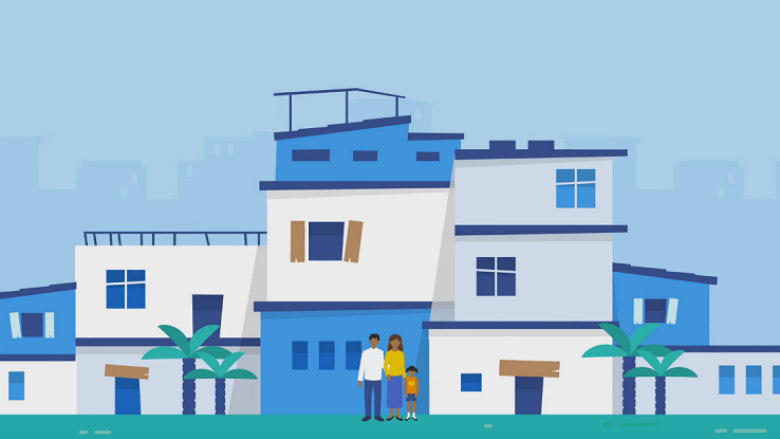Some affected countries, including Somalia, South Sudan, and Yemen, have more in common than vulnerability to recurring natural disasters and a changing climate – they also struggle with fragile political systems ravaged by conflict.
Disasters like this can cripple any country and erase hard-fought development gains. To prevent such devastation, whether social or economic, an effective framework for recovery must be in place before a disaster strikes. Such provisions are even more important in conflict-affected states, and are the focus of the third edition of the World Reconstruction Conference (WRC3) starting today and running through June 8, taking place in Brussels in conjunction with European Development Days 2017.
“For the World Bank, preparing countries to ably address risk and ‘build back better’ from disasters and conflict is central to our goal of sustainable development,” said Cyril Muller, Vice President of the World Bank’s Europe and Central Asia Region. “The World Reconstruction Conference is an important event for the World Bank to help further cement this shift toward planning for crisis situations and strengthening recovery systems in advance of a disaster.”
A country no stranger to drought, Ethiopia is acknowledging the importance of preparation and has a plan to fight famine before it starts. Armed with hard-learned lessons from previous droughts, the government, with World Bank support, has established one of the world’s largest safety-net programs, alongside other mechanisms, and can quickly expand coverage in times of crisis, protecting even its poorest residents.
Committed to action on disaster and conflict recovery, development partners including the World Bank-managed Global Facility for Disaster Reduction and Recovery (GFDRR), the European Union (EU), and the United Nations (UN) established the World Reconstruction Conference (WRC) in 2011.
Since the forum was first established, there has been a shift in how the international community, including GFDRR and the World Bank, approaches recovery. Rather than focusing on reconstruction alone,
Furthering this work, the second WRC helped bring sharper focus on resilient recovery and "building back better" of the Sendai Framework to reduce vulnerabilities.
“The fragility situation in many parts of the world is becoming seriously exacerbated, and the impact of disasters due to natural hazards is increasing in magnitude and severity,” said Sameh Wahba, World Bank Director of Urban and Territorial Development, Disaster Risk Management, and Resilience. “From 2012 to 2014, 994 disasters affected more than 326 million people across the globe. Costs of physical damage caused by disasters are rising – from an estimated US$20 billion on average per year in the 1990s to about US$100 billion per year in the first decade of this century.”
Wahba added that “The World Reconstruction Conference is a call for action to prepare in advance for better disaster and crisis recovery, especially in fragile countries, and to up our game given the high stakes in terms of saving lives, livelihoods, and reducing economic impact. The World Bank and GFDRR are committed to supporting countries in focusing on this agenda.”


